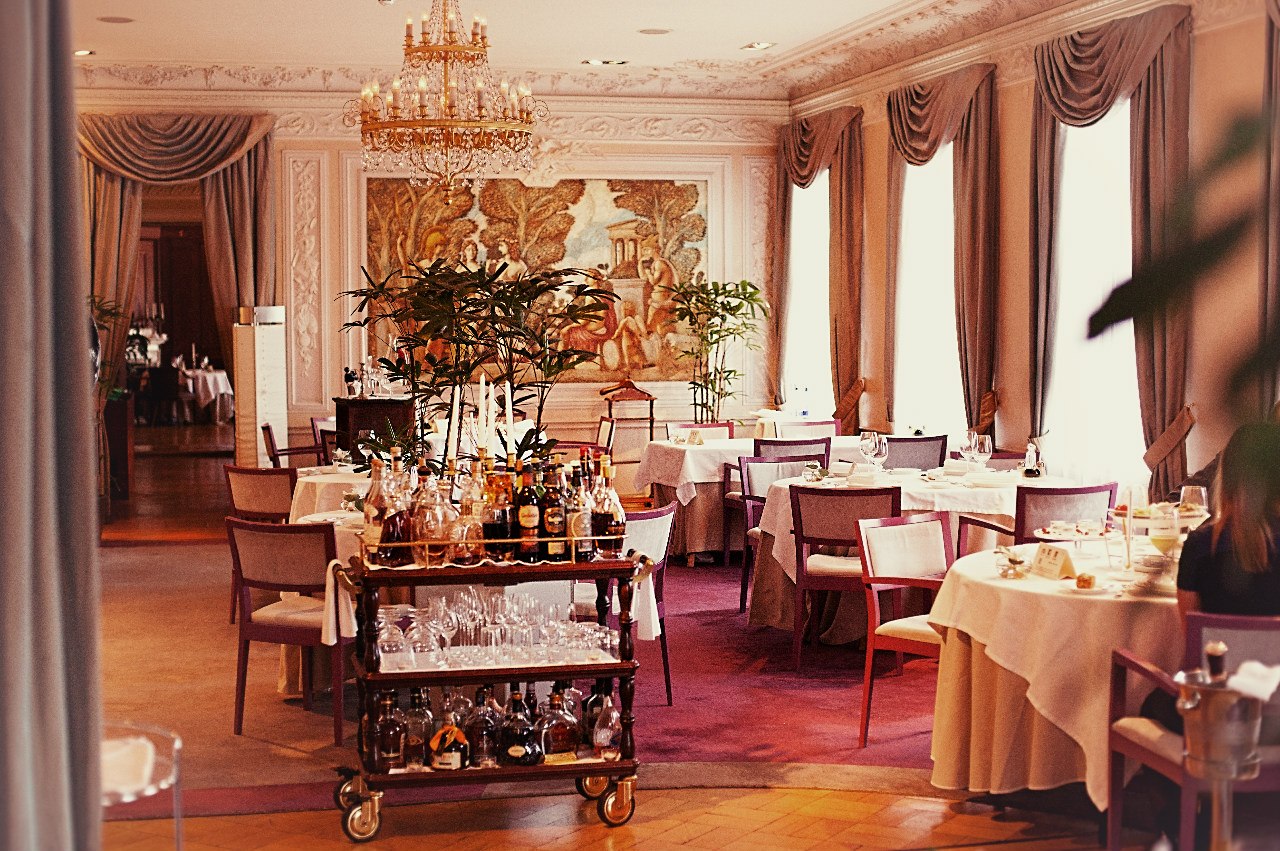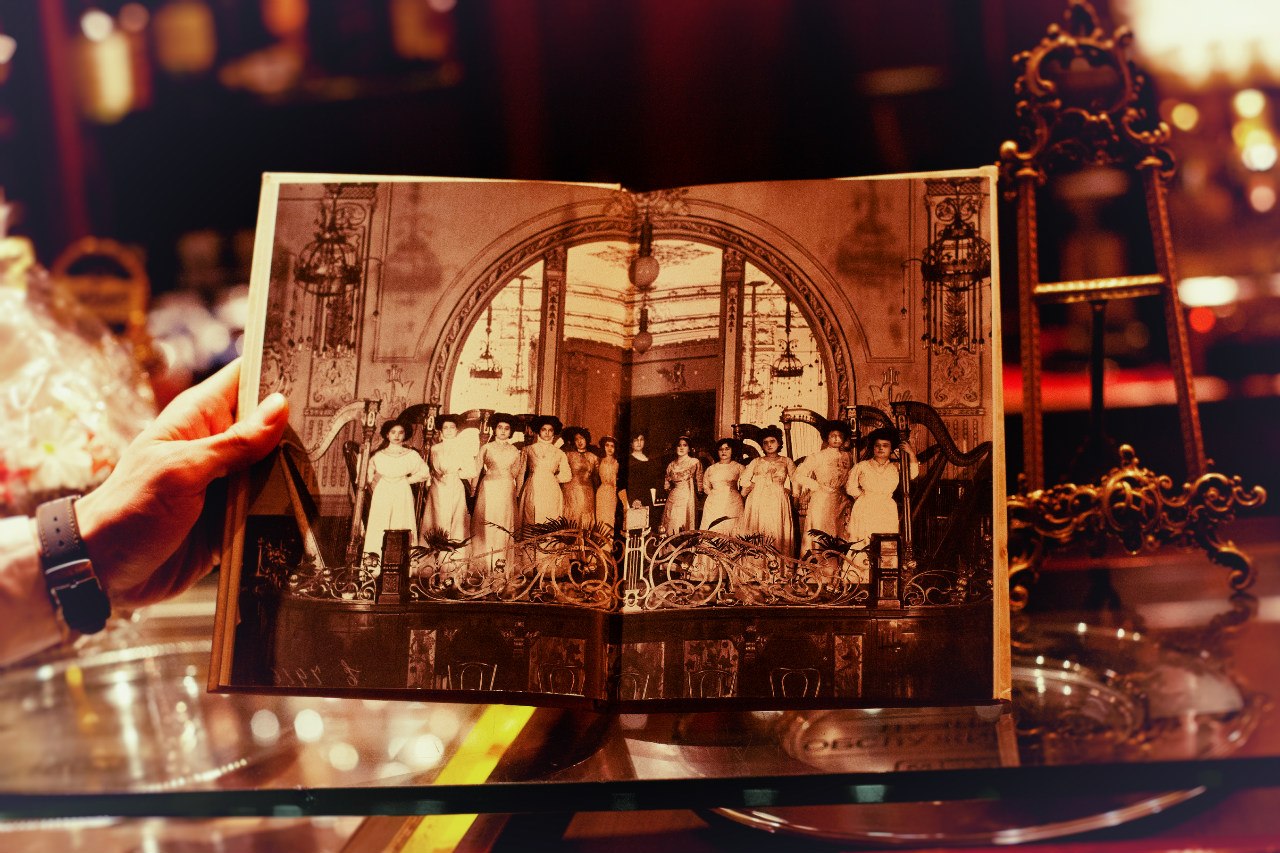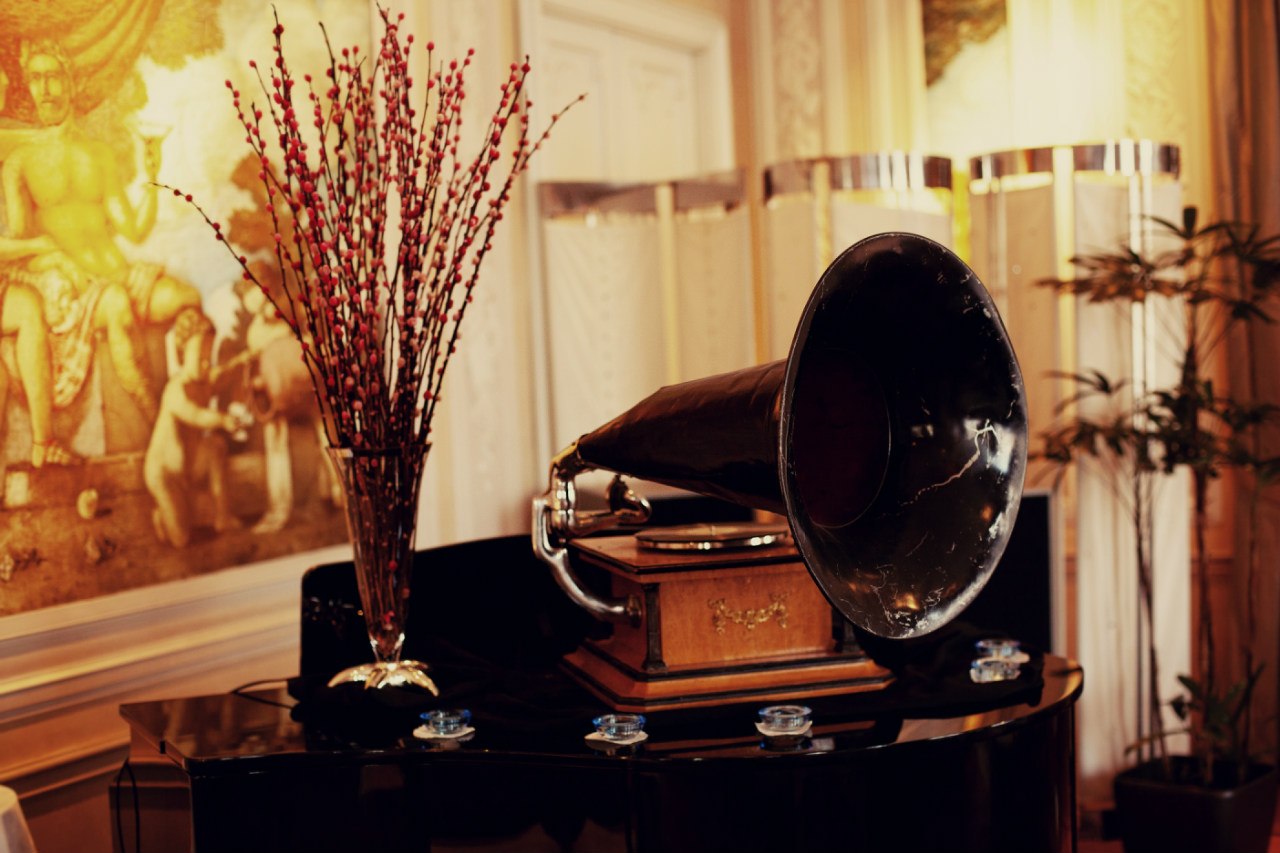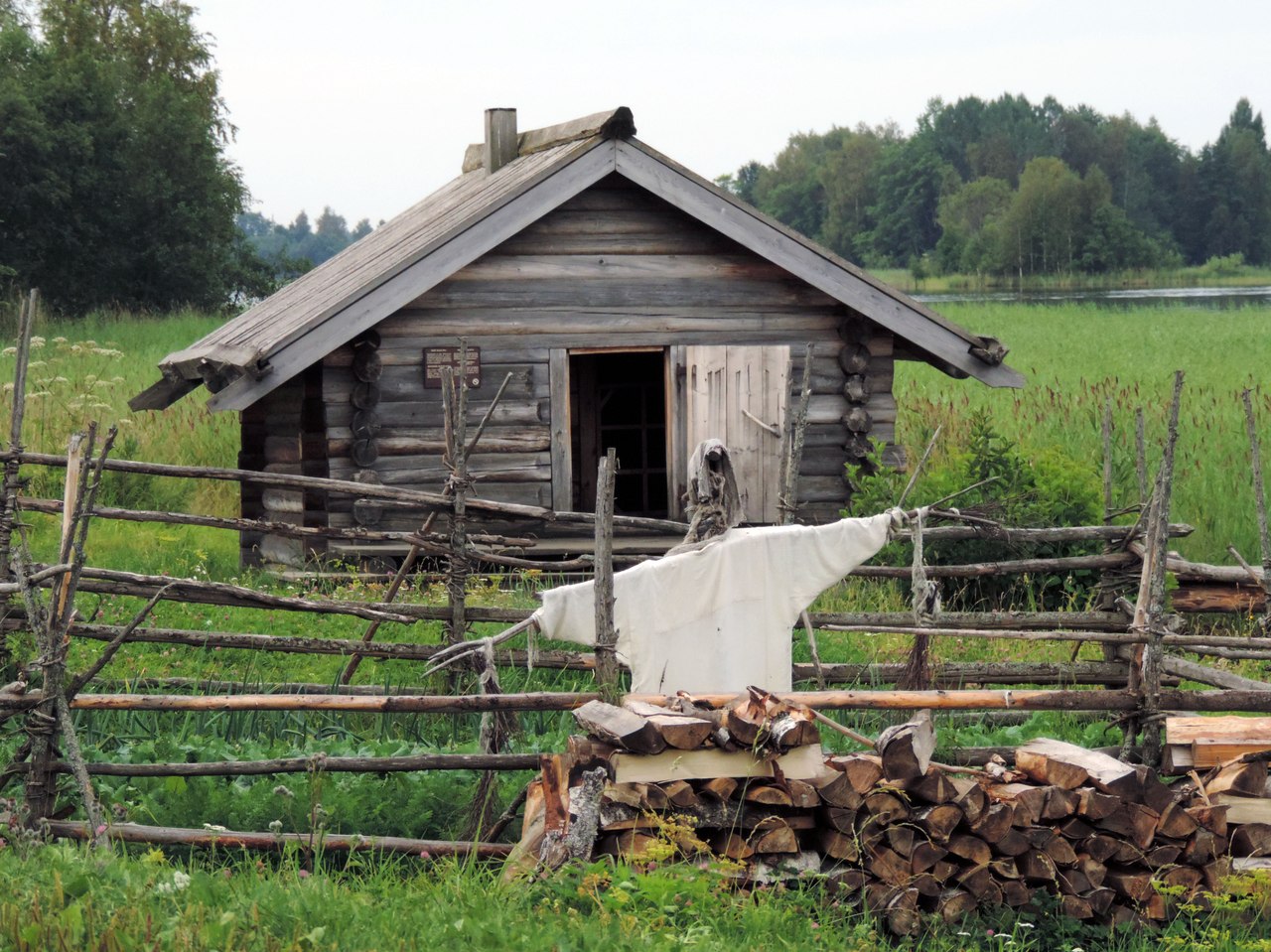Archive for мая 2015
PALKIN restaurant (St.Petersburg)
30 мая 2015
You can
count on one hand modern Russian restaurants that have treasured ancient spirit
of exclusiveness and Russian gastronomical traditions within their walls . The
“Palkin” restaurant is one of them. It was visited by Chaikovsky,
Saltykov-Shchedrin, Leskov, Dostoevsky, lawyer Kuni, members of royal family
and many other famous foreign artists and high-ranking persons. Many foreigners
are eager to get here, sometimes it is impossible to book a table – the same
situation used to be many years ago. History and modernity go side by side in
St Petersburg, and it’s no coincidence that “Palkin” has become of the
brightest examples of that. This time
Rustam Navruzov (the managing director of the restaurant) has become our
attendant in the restaurant. We are very thankful to him for his interview and
assistance in creating historical feature.
THE MANY
FACES OF HISTORY.
So, we are
in one of the oldest Russian restaurants. Why “Palkin”? The name originates
from surname of a merchant of top guild - Anisim Palkin, who became the founder
of restaurateurs’ family (The Palkins). He opened his first place in 1785. He
owned more than 10 taverns that used to be the most famous and attended places
of the city that time. Anisim Palkin used to run other his subsidiary companies
from one of his taverns, where the restaurant “Palkin” appeared after 100
years. It was opened by Konstantin Palkin in 1875, the grandson of that Anisim
Palkin. That time the restaurant occupied 2 floors, and the architect Kreizer
overbuilt 2 more floors later. From that time “Palkin” had become one of the
biggest entertainment places in Petersburg. 25 halls used to be here: billiard
rooms that attracted young people, specials rooms like casinos, theatre rooms,
banquet halls, also main halls of the restaurant. “Palkin” played a significant
role in life of St. Petersburg. Chaikovsky used to perform here, Koni used to
visit this place, Saltykov-Shchedrin, Leskov, Dostoevsky were frequent clients
here and literature evenings used to be arranged for them here. Interesting
fact: writers that didn’t shake each other’s hands at street sat at one table
here. The most famous foreign singers and actors of that time performed here
during banquets.
Sometimes amusing situations occurred. For instance,
Saltykov-Shchedrin, according to contemporaries, often visited “Palkin” to kill
loneliness. He enjoyed joking at waiters. That time there was a huge pool with
fish. You could order the fish. So, Mikhail used to show at some fish, asked to
weight it, waiters started to bother, weight, but that guest suddenly used to
refuse to order it. Waiters were furious, but for Saltykov-Shchedrin that was
funny entertainment. Yes, these things happened.
When Konstantin Palkin passed
away (the end of 19th century), his wife tried to tackle the business. But that
was so huge business that she couldn’t cope with it. Then the restaurant was
repurchased by Soloviev (merchant of top guild), who owned gastronomic shop on
the first floor, where he sold exotic things from all over the world. He was
one of the most respectable and rich persons in the city. But then “dry law”
forced almost all pubs of the city to close. “Palkin” was trying its best to
exist, but there were too big expenses. Eventually it got empty and it had to
be closed (in 1918-1919). Then there was period of repressions. Prison was
arranged the cellar. Second floor was occupied with cinema, where was the
opening night of famous film “Chapaev” and Joseph Stalin attended it, as that
was his favourite film. On other floors there were communal flats; during
blockade premises were occupied with barracks. So, history of this restaurant
has suffered many difficult periods.
At the
beginning of 90-es the question of rebirth of the restaurant came up. After
3-year-period of renovations, in March 1995, at the place of cinema one elite casino-club
“Premier” was opened. It was with nice
restaurant that in no small degree inherited unique club spirit of “Palkin”.
Igor Bogdanov, historian, during two years was collecting historical data about
“Palkin” and eventually he wrote a book with 12 pages that was issued in amount
of 7oo copies. Everything was
reconstructed here according to that book. Reconstruction was confided in employees
of Russian museum of Hermitage. They
were reconstructing it about 5 years, according to photos, magazines, personal
stories (for example, Bunin wrote about the restaurant and others). Apart from
safe of Konstantin Palkin, other ancient details didn’t almost remain. But
ancient cookery book remained here. It was very old, third of it was
irreversibly lost, but the rest of it was recovered.
READ MORE...
READ MORE...
Uilliam Lamberti. About goals, flavors from childhood, tolerance and cozy restaurants.
05 мая 2015
Uilliam Lamberti
is known by many people as unique restaurateur with unique taste. Restaurants that
he opens immediately become fashionable and people that appreciate high quality
food tell each other about another culinary masterwork made by the hands of the
master. However, this person that had travelled a long way to achieve all that
he has now. The person, who managed to save traditional, family values, spiritual
core, kindness towards people and belief in the best no matter what happens.
So, this time Uilliam Lamberti is in our heartful interview.
- What is
your main life value, the core that your life is based on?
- My
family is the most important thing in my life. Definitely. Mostly it is connected
with the fact that I was brought up this way: my mom from Sicilian family, where
traditions had strong essence; my grandpa was very respected and famous in his town.
In some sense, these traditions were very strict, but for me family has become
the main point. Everything I do is based on my family.
- And in restaurants
you create you try to put the concept of a family hearth, right?
- Yes, I
try to express what I have in my mind, in my head and in my heart.
- In one
of the interviews you told that you had decided to become a chef in your
childhood. Do you remember how did this decision come to you? Or, maybe,
someone of your relatives used to be connected with restaurant area and your
choice was absolutely logical?
- No, my relatives
were military. I am the first one, who has started completely different path. I
remember my grandma cooking pasta with marvelous flavor of the dough, I remember
our jointed celebrations of the New
Year, when the whole family of 40 people sat the table, when father switched
off TV, so that nobody would got distracted; and all ate calmly. For me food is
associated with a holiday, moment when all busy people lacking time can get
together and share something. Maybe, for 2 hours, maybe for 5 minutes – it
doesn’t matter – it is all compensated by the joy of unity that all people
receive at these moments. So, yes, everything that concerns table is the core
keeping all my life.
- What tastes and flavors from childhood, apart from mentioned
pasta, have sticked in your memory?
- For example, mortadella, some kind of doctor sausage. In school years my friends and me used to make sandwiches from this mortadella and that was awesome! Flavor of parmesan is one of the most popular in every Italian family. And flavor of sea.
- For example, mortadella, some kind of doctor sausage. In school years my friends and me used to make sandwiches from this mortadella and that was awesome! Flavor of parmesan is one of the most popular in every Italian family. And flavor of sea.
- Yes,
here it’s impossible to find sea flavor, unfortunately... By the way, do you have
nostalgic feelings towards Italy?
- Honestly speaking, no, although, I haven’t been living there over 30 years.
- Honestly speaking, no, although, I haven’t been living there over 30 years.
- Why did you decide to leave Italy?
- I don’t know, it just happened. I wanted to leave home early, to start my own life, to see something new. I started packing suitcases, when I was 14.
- I don’t know, it just happened. I wanted to leave home early, to start my own life, to see something new. I started packing suitcases, when I was 14.
- Was your
way from Italy to Moscow direct?
- No, first I went to Europe, then I was invited to Moscow.
This is how I have stayed here.READ MORE,,,
RUSSIANS IN THE WORLD: Austria, Vienna. Gulnara
Gayanat: Tell us, please, how did
you happen to be in Austria?
Gayanat: Was the integration
process in Austrian society easy for you?
Gayanat: How can you describe
nature of Austrians and, to your mind, what is the difference in our
mentalities?
Gayanat: Your husband is French, that
is why the issue of combination of mentalities is not new for you. Your
children have absorbed 3 different mentalities: Russian, French and Austrian.
According to your personal observations, it is easy for them to interact with
local children?
read more...
read more...
«Kizhi»
Kizhi is one of the most beautiful Russian open-air museums. This is unique, historical and cultural natural complex. Ensemble of Kizhi graveyard is the heart of the museum collection and is UNESCO object. There are architectural monuments, everyday items, icons that have been (over last three centuries) created in Russian, Karelian and Vepsian villages of different parts of Obonejie.
Church of the transfiguration (22 domes) is famous all over the world. It is the center of the ensemble, it was built up in была 1714 at the public expense after fire of 17th century that had destroyed previous buildings. This church (including dome and cross) is made of wood with the help of axe and chisel without nails. By the way, long life of Kizhi churches is explained in the following way: they were created without using saw, as processing of wood with the help of axe doesn’t destroy its structure. That is why the churches live.
Russian North is called treasury of wooden architecture. Extent of constructing imagination and luxury of shapes – you can see all these here, nowhere else.
Our author Ivan Kuznetsov has visited Kizhi and made some inspiring photos. Here we share them:





















